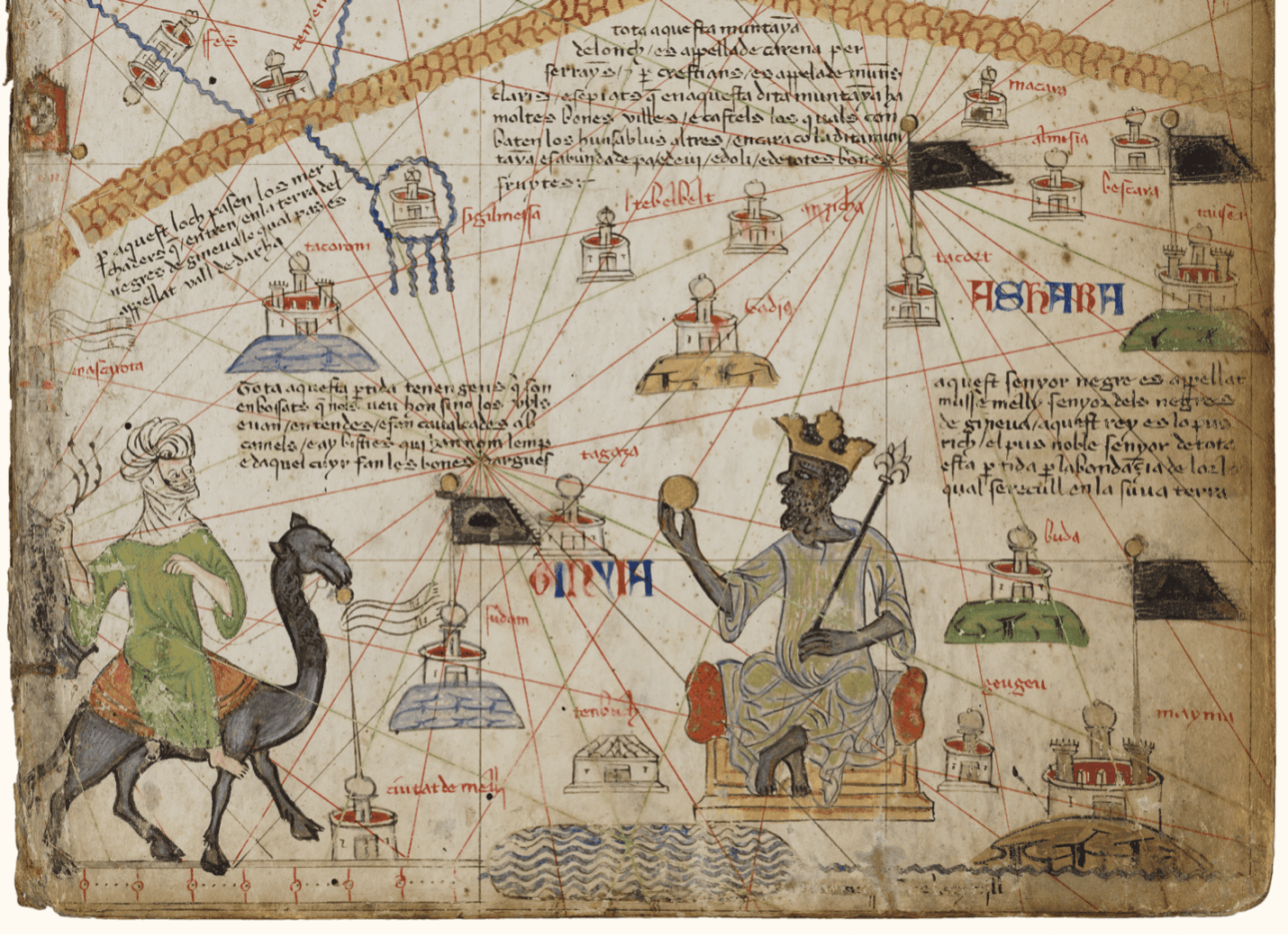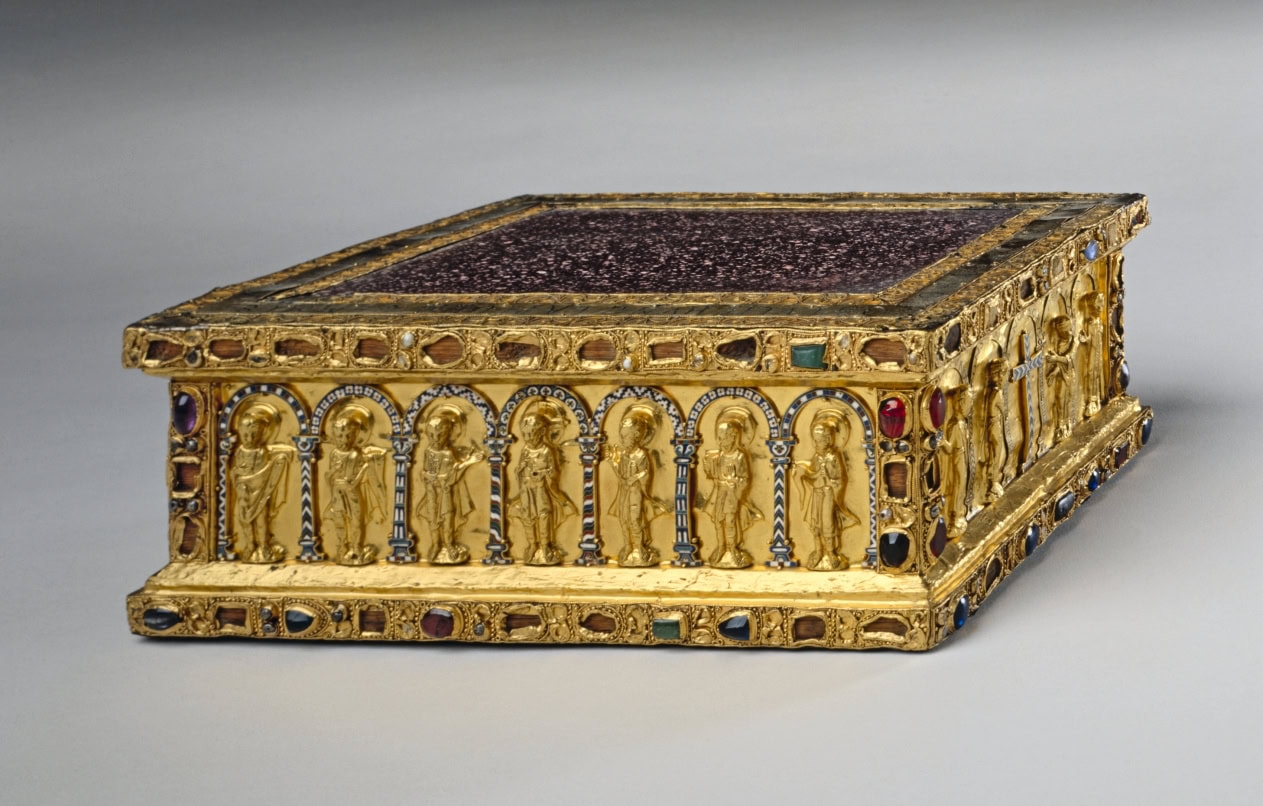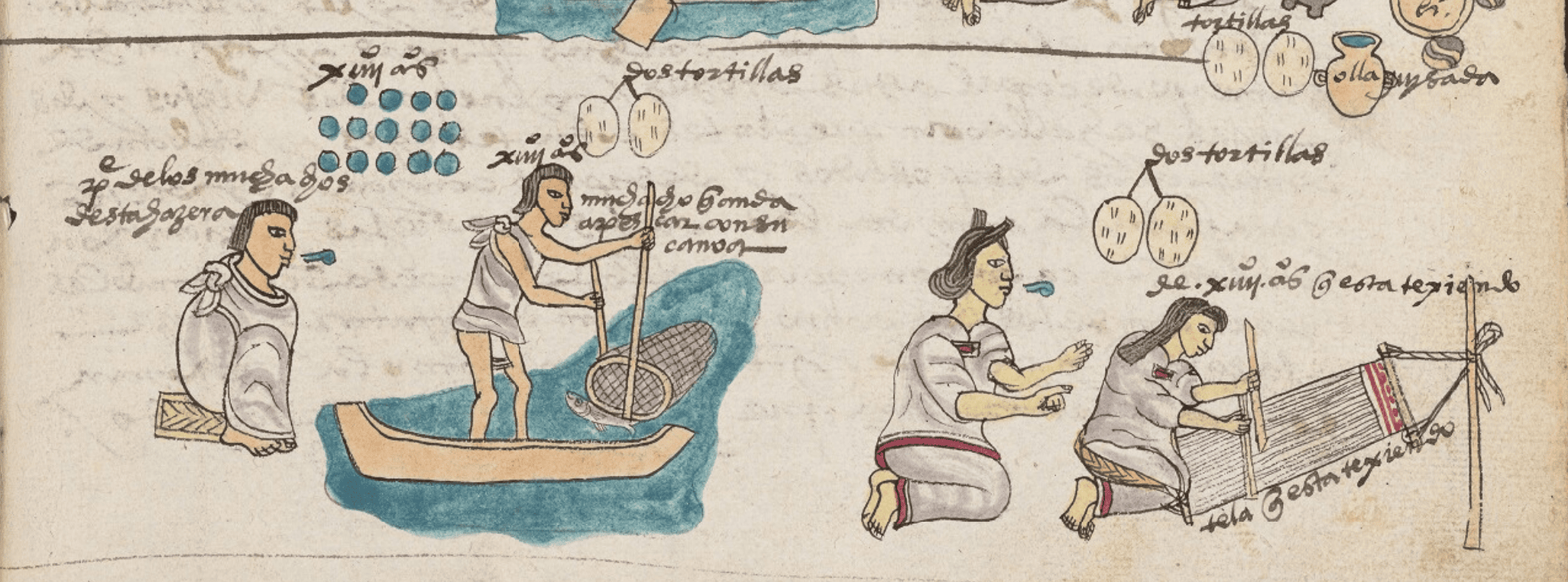From GI Roundtable 44: Australia: Our Neighbor Down Under (1944)
The most interesting features of Australian democracy are not the machinery of government, but the way it has been used, the men and parties who have operated it, and the policies they have pursued. Here we find some marked differences between American and Australian experience. American democracy was born in a rural society. It inherited the Revolutionary dislike of an overseas government and was therefore prone to dislike all government restraint, regulation, and taxation, though it did not object to government help. The business of government was to let you have land free or cheaply, to aid you in developing industry or trade, and to protect you from being oppressed by big fellows—unless you were a big fellow yourself. For the rest, you wanted to be left alone to exploit the vast resources of the ever moving frontier, and to grow as rich as you possibly could, because there would still be plenty of resources left for others.
Australian democracy took shape almost a century later. Its founders had grown up in the industrial urban society that emerged in early nineteenth-century Britain, in an atmosphere full of ideas about improving that society. The belief that the best government was the one which did least was being challenged. In its place the notion was growing that a fully representative government could and should do many things to promote the economic welfare of its people.
In addition to the gap of nearly a century between the two attitudes, there was a vast difference between the resources available in the two countries. We had enough of them to supply free or cheap land to all comers all the way to the Rockies. But if the Australian left the coastal belt he was soon in the badlands. We seemed to have enough minerals and forests for everybody; but Australia had no such treasure-house, and hence it might be desirable to prevent some people from getting too much for fear that many would not get enough.
These two contrasts in outlook and resources help to explain three of the problems confronting Australian democracy. They were the land problem, the industrial problem, and the labor problem.
The Land Problem
Like ourselves, Australians dreamed of a countryside settled by prosperous family farms. But whereas much of our good land was not settled until the farmer came to it, the best lands in Australia were first occupied by sheep. If farms were to be found, it had to be done by displacing the squatter, and pushing him farther back in order to make way for the plow. Various laws were passed to allow a farmer to go onto a ranch, select a desirable patch, settle on it, improve it, and then buy it. But the sheepmen naturally resented this attack on them and their industry, and resisted it, not with guns but by buying the “eyes” of their ranches—the good pieces, river banks, and water holes—thus rendering the rest of the area useless to anyone else. Out of this battle between squatter and “selector,” the former usually emerged victorious and the farming area spread only very slowly.
Eventually other methods were tried. Some of the large ranches were bought back by the governments, supplied with railroads, irrigated where possible, and cut up into farms which were sold to settlers. After World War I more land was bought and made into farms, orchards, vineyards, and so forth, for over 30,000 veterans. Meanwhile attempts have been made to compel large landowners to break up their holdings or to put them to better use. The weapon used was a land tax which was especially heavy on large estates and on land owned by absentees. The result of these plans has not been remarkably good. The “closer settlements” on repurchased lands have done well, though the land was expensive. The soldier settlements were a mixed success, for at least a third of the veterans eventually quit their holdings and the governments lost well over $100,000,000 on the scheme.
The Industrial Problem
With federation it became possible to adopt a nation-wide policy of encouraging the development of manufacturing industries and soon high tariffs became the accepted creed of the chief political parties. National pride favored the policy. “Australia for the Australians!” meant little if Australians could not buy their own products. What good was it to be politically free and independent if they were still hewers of wood and drawers of water for others? “Shall Australia be a sheep-run or a nation?” asked the highly nationalistic Sydney Bulletin, and continued: “To live on the back of a merino sheep is comparatively easy, but it is not inspiring.” To live in the shadow of a factory smokestack evidently was.
During the first World War self-sufficiency was justified on the grounds of defense. At most times Labor was ready to support a high tariff on the ground that it made possible the preservation of a high standard of living. The products of the “sweatshops” of Europe or of Asiatics who lived on the proverbial “handful of rice” must be excluded. This argument could not very well be applied against the high-wage products of North America; at that point therefore the plea might be shifted to the folly of letting the products of mighty American trusts come in, to the madness of “sending money” out of the country to furnish employment for people in other lands, or even to the silliness of buying anything abroad which could be made in Australia, irrespective of price.
The Labor Problem
Australia is best known to the rest of the world as a continent where for about half a century Labor has been one of the most powerful political parties and has pursued policies which seem radical to outsiders. At present Labor governments are in power in four states and in the federal field. In some states a Labor ministry is as normal as is a Democratic government in some of our southern states or a Republican one in Maine.
This condition is the result of the development of strong labor unions at an early stage in the country’s development. The free immigrants of the 1840’s and 1850’s came from Britain, where labor was just getting organized and voicing its demands for standard wage rates and an eight-hour day. In Australia wages were good during the gold days, but the weather was hot; so the immigrants formed craft unions, demanded an eight-hour day, and got it. Soon eight hours became the standard working day throughout the continent.
As organization spread to mining, shipping, and sheepshearing, the unions sought to maintain wages in times of depression or falling prices; to stop the entry and use of Chinese; or to persuade parliaments to pass better labor laws, widen the franchise, and improve the educational system. At times they felt that some day it might be necessary to elect representatives of their own instead of pressing or persuading the old-line parties to action. Much collective bargaining was accomplished, and relations between employers and employed were often quite good.
In 1590, however, the lid blew off. Employers, faced with falling prices, tried to reduce wages. Labor retorted by demanding the closed shop. Strikes swept the mines, wharves, ships, and ranches during 1590–94, and in every case the strikers lost the fight. For the time being, the unions seemed to be down and out, but after 1900 they recovered and advanced rapidly. By 1912, 1 in every 11 of the population was a member of some union; by 1920 it was 1 in every 8, and by 1943 it was 1 in every 6 1/2. The membership in 1943 was over 1,100,000, which would be equivalent to 21,000,000 in the United States.
Related Resources

September 7, 2024
Travel and Trade in Later Medieval Africa

September 6, 2024
Sacred Cloth: Silk in Medieval Western Europe

September 5, 2024